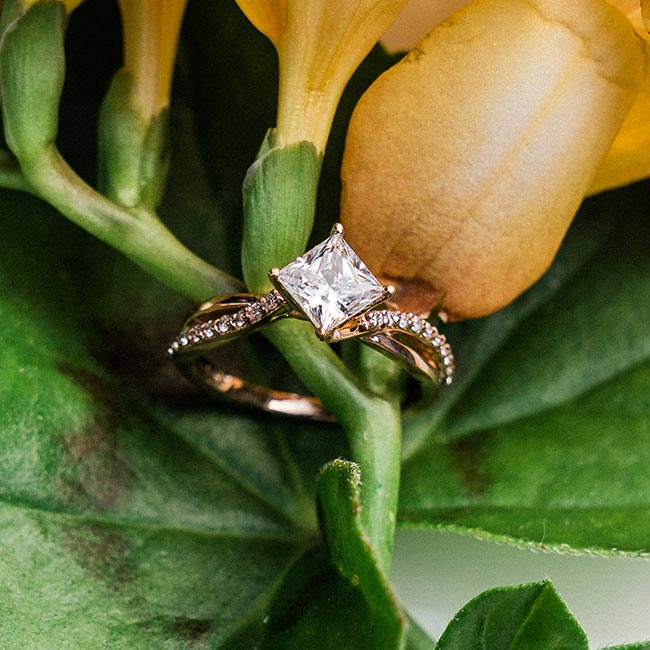Every year in the United States, an astonishing 2.8 million couples take the leap into engagement. This shows that getting engaged and exchanging rings is an important part of today’s romantic relationships. An engagement ring serves as a symbol of commitment to marriage between two people.
The history of engagement rings features a diamond or some other precious gemstone set in a metal band. However, modern designs can take many forms. From nature-inspired designs to two or more gemstones, the style choices are endless.
Giving an engagement ring is a time-honored tradition dating back hundreds of years across many cultures. It represents a promise between two people to wed, carrying great sentimental and spiritual meaning.
But where did engagement rings come from? How did they evolve over time? What are different cultural trends around the world?
This blog post seeks to answer these questions and more by delving into the history of engagement rings. We’ll explore their evolution from ancient times to the enduring popularity of diamond rings today. Keep reading to learn more.
The Ancient Origins of Engagement Rings
The ancient origins of what’s now considered as a symbol of love is quite surprising. For one, engagement rings were once considered nothing more than a mark of ownership. Some cultures even considered rings a sign of eternal life, specifically Egyptian Pharaohs.
But we are getting ahead of ourselves.
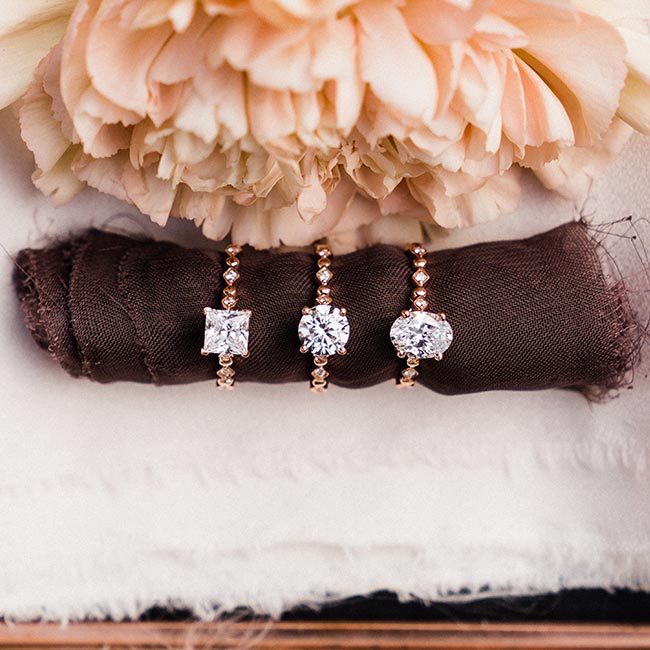
Engagement Rings in Ancient Egypt, Rome, and Greece
The earliest known examples of rings can be traced to Ancient Rome and Egypt.
Ancient Egyptians believed that circles were a symbol of eternity. The ring was worn on the fourth finger of the left hand. This was because the finger was believed to have a vein that ran directly to the heart, which was later named Vena Amoris. These rings were made from simple braided reeds but later evolved into more ornate rings decorated with symbols of love, like hearts.
The Ancient Romans are believed to have started the tradition of engagement rings in the 2nd Century B.C. in lieu of giving valuable objects. But their symbolism was more about ownership than love.
According to Pliny the Elder, brides received a gold ring to wear to the engagement ceremony and special events. They also received an iron ring to wear at home. This signified the binding legal agreement that the husband owned them.
But as time went on, these rings became more symbolic and romantic. Gimmel rings, which were made up of three interconnected bands, were popular during this period and represented the union of two souls.
Examples of Roman betrothal rings still exist today in museum collections. This provides insight into their rather simple yet meaningful designs. One is the Gold Finger Ring at the Metropolitan Museum of Art. Traced back to the 3rd Century B.C., it’s believed to have been given to a young fiancee or bride based on its small band.
Ancient Greeks also adopted the custom of wearing rings on the left hand. However, they called them “betrothal rings” rather than “engagement rings”. These rings were often made of gold or silver and featured engraved designs or gemstones.

Engagement Rings Among European Nobles
Royal marriages and unions between elite families in medieval Europe were marked with opulent engagement rings set with sapphires and diamonds. A famous example is the first documented diamond ring given to Mary of Burgundy in 1477. Archduke Maximilian of Austria wanted to impress his future wife and secure her loyalty with a precious and rare gemstone.
He chose a diamond to represent his eternal devotion and his status as a ruler. This gemstone was considered the most valuable and durable of all stones. The ring was a simple gold band with a single diamond in the shape of an M, Mary’s initial.
This elegant gesture was a symbol of both love and power. It also sparked a trend among the European nobility, who gave their brides-to-be diamond rings as tokens of their affection and wealth. This is why it can be difficult to put a price on an engagement ring.
The diamond engagement ring became a tradition that has lasted for centuries, evolving in style and meaning over time.
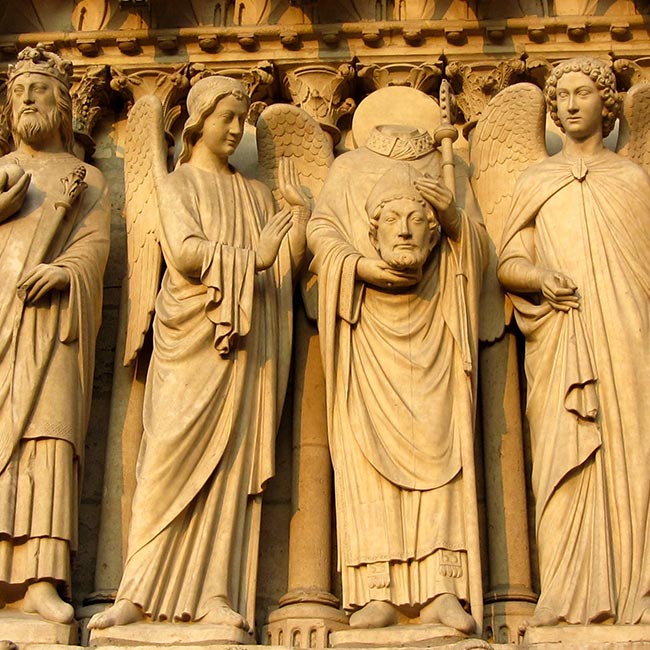
Evolution of the Diamond Solitaire Style
Archduke Maximilian of Austria popularized the diamond solitaire engagement. However being a rare and expensive choice at the time, the style didn’t become widely accessible until the 19th century.
This was mainly because of new sources of diamonds discovered in South Africa. New methods of cutting and polishing diamonds also played a role. But perhaps the invention of the Tiffany setting in 1886 was the biggest catalyst.
This is because the setting raised the diamond above the band with six prongs. The technique allowed more light to enter the stone, enhancing its brilliance.
The diamond solitaire style has evolved over the years. The four-claw solitaire is one of the most popular variations of this style. It uses four prongs to hold the diamond and is ideal for round or square diamonds.
The cathedral solitaire features an A-frame structure that elevates the diamond. There’s also the hidden surprise stone solitaire, which adds a small accent stone under the main diamond. This allows couples to add a personal touch to the ring.
Regardless of the variation, the diamond solitaire remains a timeless symbol of love and commitment for many couples.
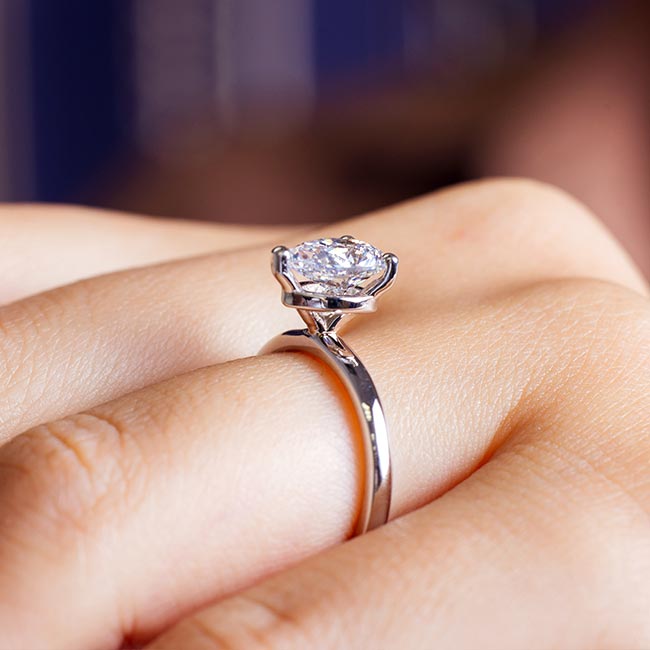
Symbolic Meanings of Engagement Rings
Rings have always had symbolic meanings throughout history. The circle shape represents eternity, infinity, and wholeness, as it has no beginning or end. The ring also signifies a bond, a promise, and a commitment between two people. The material and design of the ring can also convey different messages. For example:
- Gold is associated with wealth, warmth, and royalty
- Silver is linked to purity, elegance, and femininity
- Platinum is related to strength, durability, and rarity
- Diamonds are symbols of love, beauty, and perfection
- Gemstones can have various meanings depending on their color and type
Engagement rings are not only a piece of jewelry, but also a reflection of one’s personality, taste, and values. They are a way of expressing one’s feelings and intentions to another person. They are also a reminder of one’s history and future with their partner.
Engagement rings are a beautiful tradition that has evolved over time but still retains its essence and significance. They are a testament to the power and beauty of love.
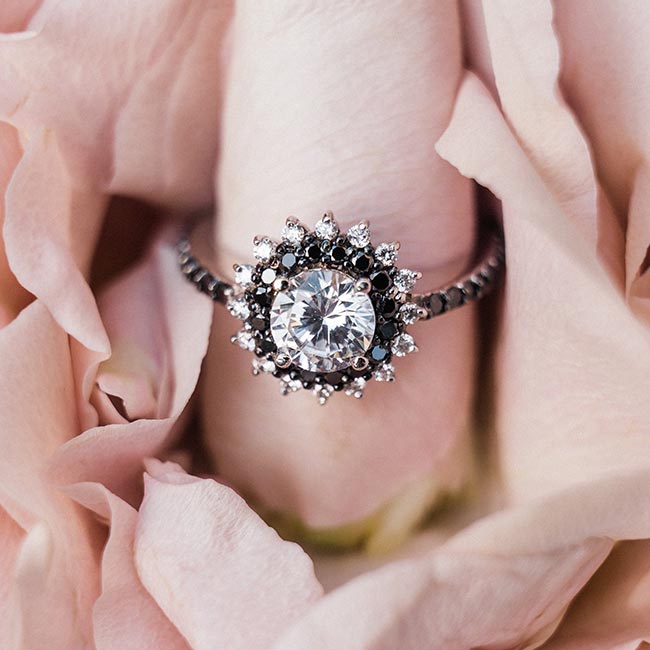
Evolution of the Engagement Ring Throughout the Centuries
Engagement rings have come a long way from their humble beginnings in ancient times. They have been influenced by social, cultural, economic, and technological factors throughout history. They’ve also been expressions of personal style, preference, and meaning for each couple.
But they are not just accessories; they are stories that span across centuries. Whether you’re getting married or planning to propose, looking back at the key trends and innovations that shaped the history of the engagement ring is important. So here’s a closer look at how the engagement ring has evolved and adapted over the centuries.
17th/18th Centuries: Embracing Simplicity
Transitioning from the ancient world, the 17th and 18th centuries brought forth a shift in engagement ring aesthetics. This is because people cared more about showing sincerity and romance in their engagement rings than showing off their wealth.
Engagement rings typically had a thin gold or silver band with a single small diamond. Sometimes they’d have a colored gemstone like a ruby, emerald, or sapphire.
But the most important thing was what was inside the ring. Couples would carve their initials, names, dates, or sweet words on the inside. They’d also have verses inspired by romantic poems on them. This made the rings really special and meaningful for them.
Some couples used gimmel rings, which had two or three separate bands that could be worn together or separately. Each band represented a person, and when put together, they showed the marriage bond.
In the early 1700s, rings started having nature designs like flowers, leaves, or animals. This showed how people appreciated nature and new scientific discoveries. But hearts and sweet words were still popular choices for ring engravings to show love.
Overall, people shifted from fancy jewelry to simpler rings that meant a lot because of the words or symbols engraved on them. These rings were about the love and connection between two people getting married.
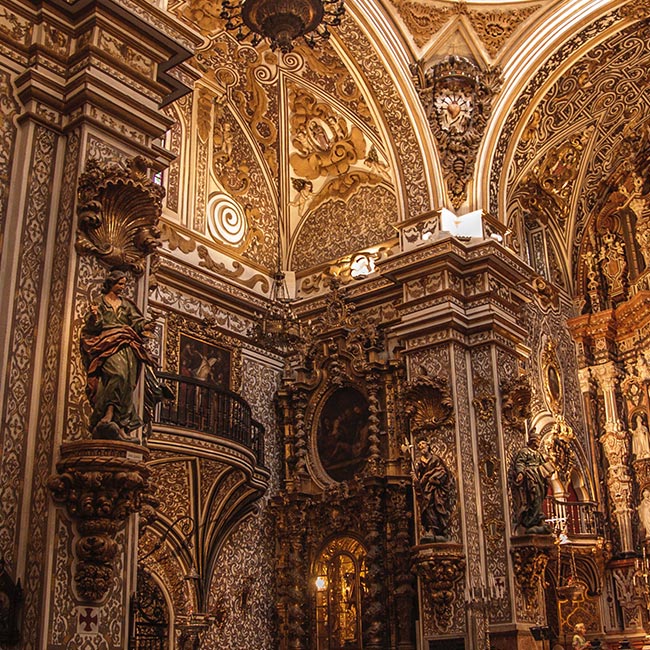
Early 19th Century: Emphasis on Significance
At the turn of the 19th century, emotional significance was a priority over flashy displays. Different types of engagement rings became a way for couples to express their feelings. Just like before, they’d have engravings or words that meant a lot to the couple.
The size of the gemstone didn’t matter as much as what it stood for. Diamonds were used to show a love that couldn’t be broken. Couples used them to promise they’d always be there for each other.
This change aligned with the values of the Romantic era in Western culture. People cared more about imagination, emotion, and individual expression than reason and rigid social rules.
Engagement rings now feature more personal, intricate details to add special meaning. Artistic engravings like flowers, hearts, and even tiny paintings were common. Each ring became a unique symbol of love between two people.
The most famous example from this period is the engagement ring Prince Albert designed for Queen Victoria in 1840. The central emerald was surrounded by 12 small diamonds arranged into the shape of a flower, Victoria’s favorite symbol. This ring set the trend for sentimental engagement ring styles still popular today.
More affordable gemstones like garnet, amethyst, topaz, and peridot were featured on engraved gold bands. Being able to commission a custom ring with meaningful details mattered more to couples than the prestige or cost of diamonds.
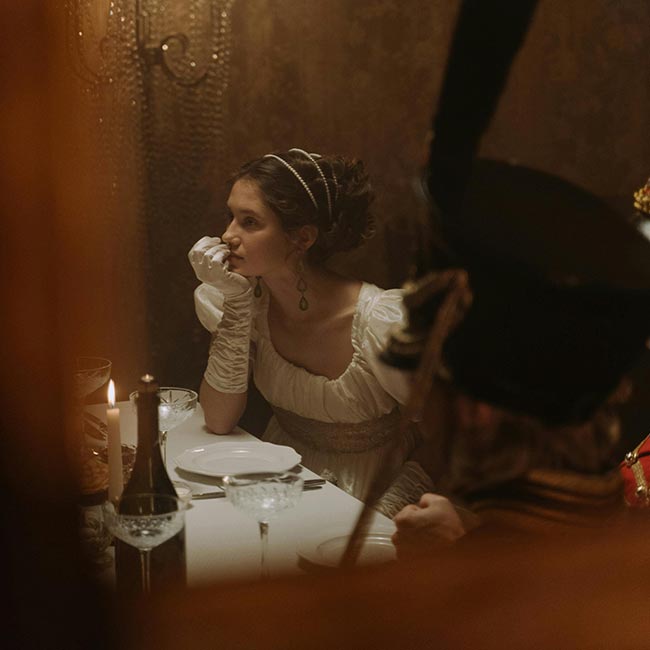
Late 19th Century: Diamonds Take the Spotlight
The late 19th century witnessed a pivotal moment in the history of engagement rings with the discovery of diamond mines in South Africa. Suddenly, diamonds were everywhere, and this prompted a reduction in prices, making them more accessible and popular for engagement rings.
Before this, only rich people could afford diamonds for engagement rings. But as more diamonds became available, even middle-class couples could get diamond rings. Diamond solitaire rings became the fanciest and most special choice for engagement.
Trends in diamond cuts also emerged to enhance their brilliance. Rose cuts with triangular facets, as well as old European and old mine cuts, became popular. The diamonds were put on gold or platinum bands with pretty decorations around them, drawing the eye to the central gemstone.
Even though they were more accessible, the rich still associated diamonds with status and prosperity. They continued to use them in incredibly opulent settings with accent stones. For those with means, having a diamond ring showed they were successful and had good taste.
By the early 1900s, engagement rings were not just about love anymore. They showed a man’s ability to provide his future wife with luxuries. Finding so many diamonds in South Africa changed how people thought about diamonds. They were now a way to show love, commitment, and having enough money.
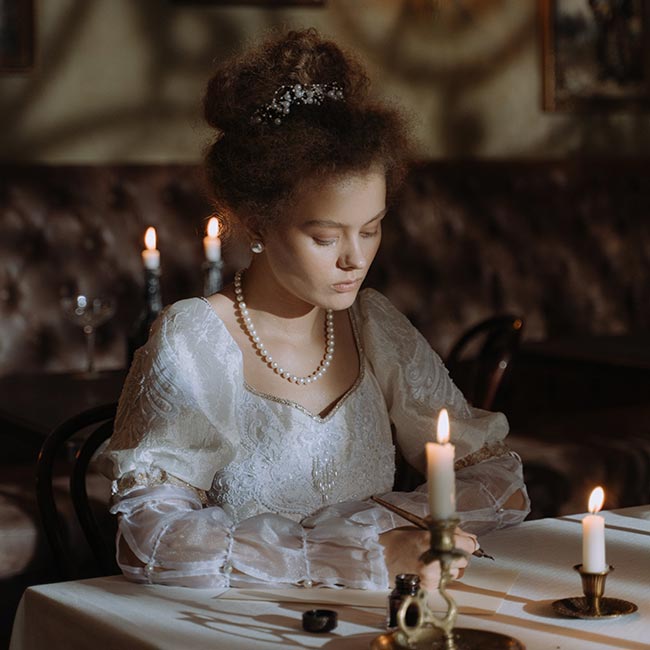
20th Century: Diamonds Take Center Stage
The 20th century witnessed an unparalleled transformation in engagement ring trends. Marketing campaigns by diamond companies pushed the idea that diamonds were necessary for engagements. This solidified diamonds as the ultimate symbol of love and commitment.
Moreover, white gold and platinum emerged as a preferred choice for rings. This is because both metals are incredibly durable and offer a sleek aesthetic.
One campaign that had quite an impact was launched by De Beers in the late 1940s. It had the phrase “A Diamond is Forever,” making everyone believe that a proposal wasn’t complete without a diamond ring.
De Beers also said guys should spend a lot of money on a ring, like two months’ salary. Because of their ads, most first brides were getting diamond rings from the 1990s until today.
Advancements in diamond cutting further expanded options. For instance, new cuts like emerald, Asscher, princess, and brilliant joined the classic ones like round and oval. These made diamonds look even bigger and shinier.
Solitaire settings and halo ring designs were also incredibly popular during this era. Rings with lots of tiny diamonds on the band, called pavé bands, became more popular for their shimmer. Platinum was great for showing off clear diamonds in modern styles because it was strong and shiny.
By the late 20th century, the tradition of presenting a diamond ring as an ultimate gesture of love was firmly planted in society. Newer designs like lab-grown diamonds and three-stone rings added variety, but diamonds retained their status as the gemstone of engagement.
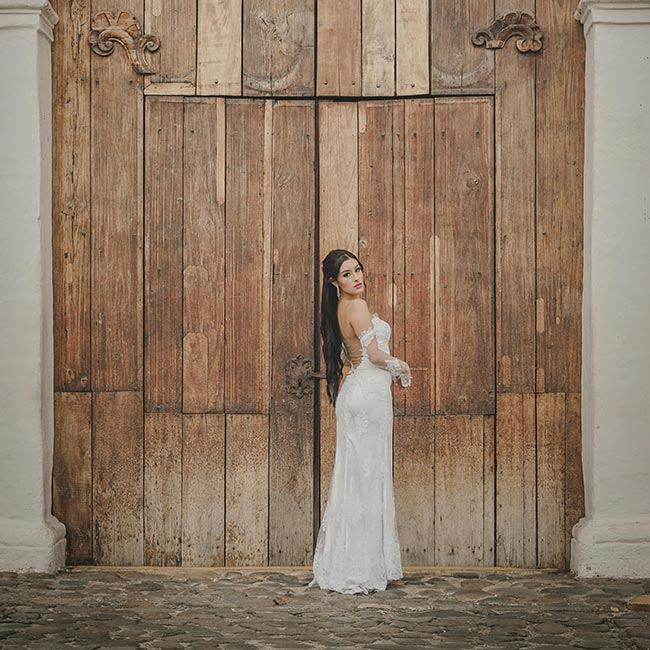
Changes in Engagement Rings Through Time
Throughout history, various trends have left their mark on engagement ring styles and traditions. These evolving fashions reflect the innovations, values, and aesthetics of each era.
For example, engravings initially consisted of fancy designs of patterns and motifs. They evolved and became romantic phrases that were more personalized. Nowadays, people engrave names, dates, or even fingerprints to make rings more special.
Matching wedding bands emerged as couples used them to show their love and union. Some bands fit like puzzles or lock together, signifying how marriage brings people together. Other bands even have hinges or curves to fit perfectly, like gimmel rings.
Diamond cuts and settings underwent a revolution. Round brilliant cuts have been popular for a long time. Then came cuts like the princess, Asscher, cushion, and radiant that made diamonds shine more.
Rings with one diamond (solitaires) or a diamond surrounded by smaller ones (halo settings) were quite popular for their striking elegance. The way diamonds were held in place also changed to make them safer while showing them off more. Pavé, micro-pavé, and channel set bands added dazzling accents.
In 1886, Tiffany & Co. made a special setting for diamonds called the six-prong solitaire. It made diamonds sparkle more and remains popular today.
But even with all these trends, some things about engagement ring styles stay the same. Engraving keeps feelings alive, diamond solitaires show commitment and matching bands symbolize the union of marriage.
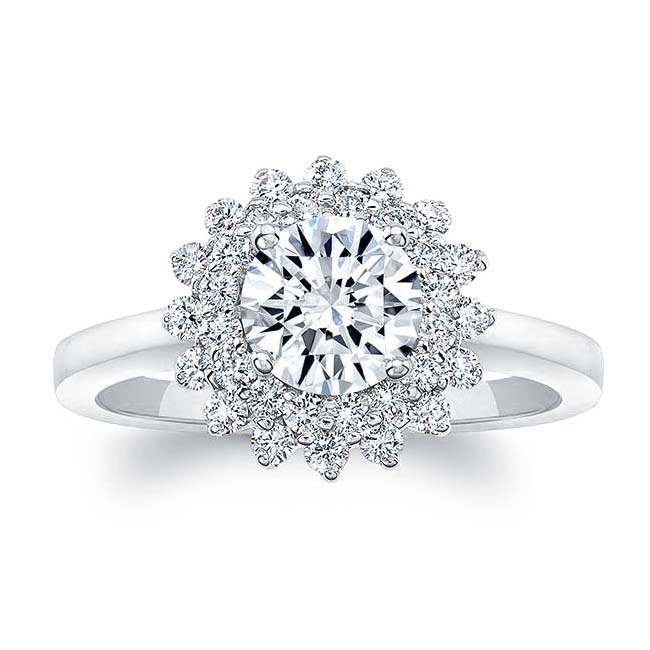
Engagement Ring Cultural Traditions Around the World
The diamond solitaire remains the most popular engagement ring in the West today. However, many cultures have their own unique styles for engagement rings. For many of them, engagement ring styles also echo the values and heritage of each society. From China to Latin America, engagement ring traditions around the world tell fascinating stories.
Asia
Engagement rings are steeped in tradition and symbolism in many Asian cultures. For example, in China, these rings often have gold bands with red gems like rubies. The color red symbolizes love, luck, and joy. These rings often bear engravings of special symbols for everlasting love, longevity, and good fortune.
Jade is super important in Chinese culture too. It represents virtues like wisdom, purity, and harmony. Engagement rings carved from this stone are treasured as symbols of a betrothal.
There are many engagement customs in India, but they’re often centered around elaborate gold jewelry. In South India, the groom might give a detailed gold and diamond ring called a “thimble” to his bride-to-be. This symbolizes strength and wealth.
In the Northern regions, gold bands with the words “Adore You” in fancy writing are quite special. Women often wear colorful bracelets called “kanganas.” These signify the woman’s engagement or marital status.
But the most important piece in India is the fancy gold necklace called the “Mangal sutra.” During engagement and wedding ceremonies, the groom puts it around the bride’s neck to show they’re together forever. It’s made with small black beads and gold pendants hanging on pretty chains.
Southeast Asia mixes local designs with Western ideas for engagement rings. In Indonesia, they like 22-karat gold rings with flowery patterns.
Thailand mixes diamonds with their national gemstone, sapphires. Gold and special gems like jade, sapphire, and ruby all have special meanings in Asian engagement rings, showing good luck, virtue, and happiness for the couple.

Latin America
Many engagement customs in Latin America are about simplicity and sentiment. Couples in countries like Mexico, Peru, and Bolivia give each other plain gold rings when they get engaged. Some add birthstones or engrave religious symbols like crosses to make the ring more personal.
The gold is important because it shows the value of their commitment. They don’t decorate the rings with lots of fancy jewels and black diamond pieces because they want the rings to represent the importance of their promises. Sometimes, special words or names are engraved on the ring to make it even more special.
However, some unique customs do exist. Couples in Peru give each other simple silver rings. These rings are about promising to be faithful and respectful to each other. Couples wear them on the left hand until they get married and switch them for wedding bands.
In Colombia and Venezuela, things are a bit different. People wear engagement rings on their right hand, not the left. They prefer rings with colorful gems like emeralds, which are really special in those countries.
The rings might also feature romantic designs like hearts or flowers, made by Colombian jewelers using the country’s gold and emeralds.
Even though simple rings are common, some modern couples in Latin America like adding small diamonds or special gems that have meaning. For instance, they might choose stones like aquamarine for clarity, ruby for passion, or tourmaline for healing.
But what matters most is the sentimental value of the ring, rather than its extravagance. The couple’s strong promise to each other is what shines the brightest, more than any gem.

Middle East
Engaged couples in the Middle East often exchange simple gold rings, and occasionally with precious stones. These rings are intentionally kept simple to underscore their symbolic value. The wedding rings, presented later, tend to be more ornate and decorative.
However, some Middle Eastern and North African cultures prefer silver rings for the engagement ring and reserve gold for weddings. The silver engagement rings often feature cool designs and patterns believed to bring good luck. Red coral or amber may also be incorporated into the design for blessings and protection.
The religious beliefs and traditions of Islam have always influenced engagements throughout the history of marriage in the Middle East. For instance, couples sign a contract during the wedding ceremony. The groom must also provide a dowry, or mahr, to the bride as a sign of love, respect, and courtesy.
The engagement rings are worn on the right hand until the wedding day, when they are switched to the left hand. This is different from the West, where the engagement ring stays on the left hand and the wedding ring goes on the same finger. Sometimes brides also wear a diamond ring or another special ring with their gold or silver band.
Engagement rings in the Middle East reflect the diversity and richness of their cultures and traditions. They are symbols of love, commitment, and faith that bring two people together in a sacred union.
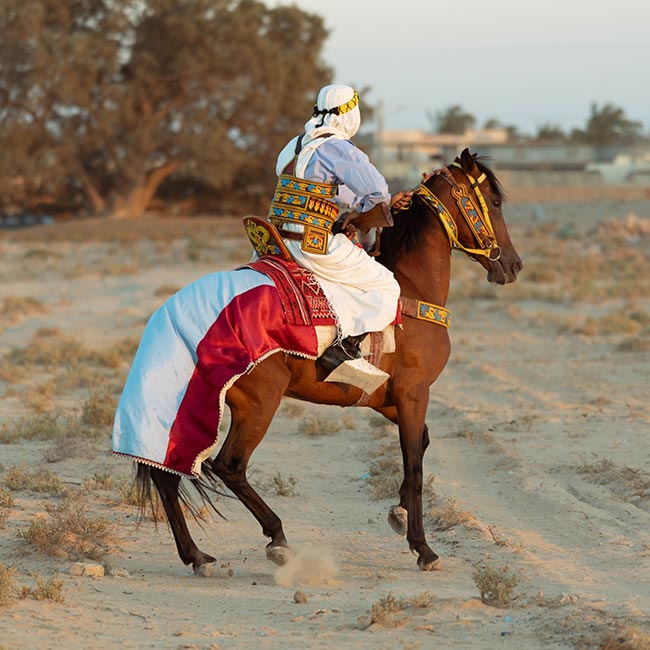
Europe
Classic diamond solitaires or halo designs with smaller accent diamonds hold sway as the predominant engagement ring styles across much of Europe. Rings in countries like France, Italy, and Spain emphasize quality and craftsmanship. Platinum and white gold are often used to provide a sleek backdrop for diamonds and other gemstones.
Rings with exceptional diamonds are often used to mark engagements among royals in Europe. British royalty, in particular, favors antique rings with a large diamond in the middle and smaller ones around it. Some engagement rings feature sapphires, emeralds, and rubies, like the one Princess Diana got.
However, not all European countries wear the engagement ring on the left-hand ring finger. In Eastern Europe, like Poland, Russia, and parts of Austria, people wear engagement rings on the right hand. Moreover, both the bride and groom get an engagement ring in some Nordic countries like Sweden.
The reason for wearing rings on the right hand might be different beliefs or superstitions in each place. Some think the left hand is not so lucky, while others believe that the left-hand ring finger has a special vein that goes to the heart.

Africa
Engagement ring traditions in Africa often follow Western customs with diamond solitaire rings. Gold is incredibly favored for its beauty and cultural importance. Elaborate gold rings and bands are distinct while showing off the local heritage.
Many in North Africa prefer silver for their engagement rings and wedding jewelry. These rings feature beautiful designs and symbols of good luck. Some rings have red coral or amber accents for protection.
Couples in South Africa get custom-made engagement rings that reflect their personal style and choice. Popular metals of choice include white gold, rose gold, yellow gold, and platinum.
They also get to choose different shapes and sizes of diamonds and other gemstones. Some couples even etch aspects of their culture, like Celtic patterns or traditional symbols into the rings.
The average amount spent on an engagement ring in South Africa is R30,000. This is according to a survey However, it can vary depending on the diamond’s quality, the metal used, and how complicated the design is. Some couples might spend more or less depending on what they want and can afford.
African engagement rings, whether they’re fancy gold ones or pretty silver designs, are about upholding a rich artistic heritage. They also show how special and committed the couple is to each other.
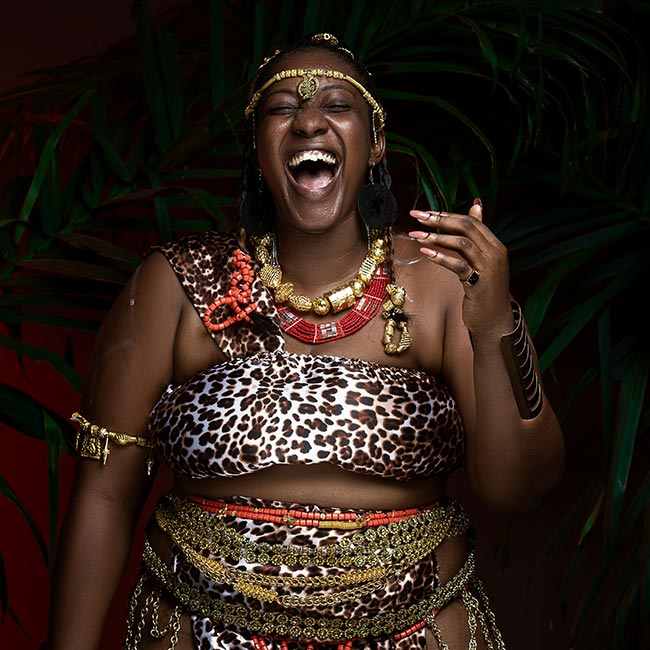
The Influence of Celebrity Engagements
Throughout history, celebrity engagements have captivated the public imagination and influenced ring trends. From royal weddings to Hollywood stars, these famous betrothals offer a glimpse into some of the best engagement rings ever given. Each ring has its own story and significance and can inspire others to find their own perfect match.
Queen Elizabeth II
The former monarch of the United Kingdom received a three-carat round diamond ring from Prince Philip in 1947. The diamonds were taken from a tiara that belonged to Philip’s mother, Princess Alice of Battenberg. The ring also features five smaller diamonds on each side, set in platinum.
Grace Kelly
The Hollywood actress turned princess of Monaco received a stunning 10.47-carat emerald-cut diamond ring from Prince Rainier III in 1956. The ring was designed by Cartier and featured two baguette diamonds on the sides. It was one of the most expensive and glamorous rings of its time.
Kate Middleton
The Duchess of Cambridge inherited one of the most iconic and sentimental rings in history from her husband Prince William. The ring belonged to his late mother, Princess Diana, who received it from Prince Charles in 1981. The ring features a 12-carat oval sapphire surrounded by 14 diamonds, set in white gold.
Elizabeth Taylor
The legendary actress was married eight times to seven different men, but one of her most memorable rings was not an engagement ring at all. It was a gift from her fifth husband Richard Burton, who bought her a 68-carat Asscher-cut diamond in 1968. The diamond was later named after Taylor and sold for $3 million to Henry Lambert.
Jennifer Lopez
The multi-talented star has been engaged six times, but her latest ring from Ben Affleck is arguably her most impressive one. The ring features an 8.5-carat radiant-cut pink diamond, estimated to be worth $2.5 million.
Affleck proposed to Lopez in 2002, but they broke up in 2004. They rekindled their romance in 2021 and Lopez has been seen wearing the ring again.
Megan Fox
The Transformers actress received a unique and meaningful ring from her boyfriend Machine Gun Kelly in 2021. The ring consists of two bands that are magnetized together, one with an emerald and one with a diamond. The stones represent the birthstones of the couple, who met on the set of their movie Midnight in the Switchgrass.
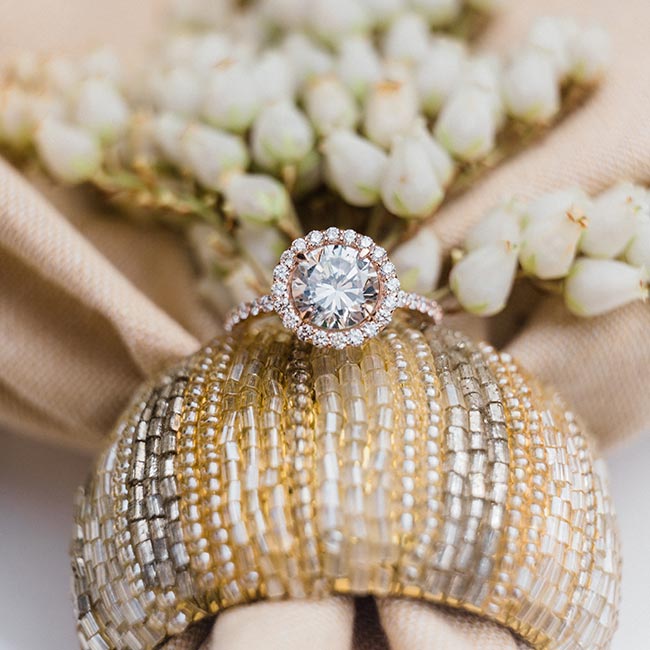
Let the History of Engagement Rings Inspire Your Timeless Commitment Symbol
The history of engagement rings spans centuries, cultures, and tales of love. And if you’re ready to etch your own chapter in this timeless narrative, Barkev’s is here for you. We specialize in elegant designs, exclusive color stones, all kinds of gemstones, and more to give you the perfect engagement ring.
Take the first step toward crafting your own cherished symbol of eternal love. Barkev’s is here to help celebrate your love story with a bespoke engagement ring, a token of forever just for you. All you have to do is reach out to our team today.


